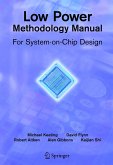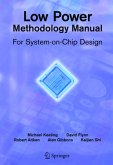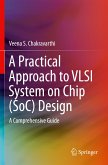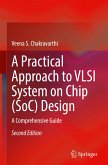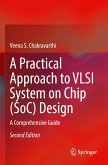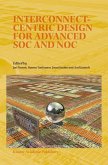Increasing system complexity has created a pressing need for better design tools and associated methodologies and languages for meeting the stringent time to market and cost constraints. Platform-centric and platfo- based system-on-chip (SoC) design methodologies, based on reuse of software and hardware functionality, has also gained increasing exposure and usage within the Electronic System-Level (ESL) design communities. The book proposes a new methodology for realizing platform-centric design of complex systems, and presents a detailed plan for its implementation. The proposed plan allows component vendors, system integrators and product developers to collaborate effectively and efficiently to create complex products within budget and schedule constraints. This book focuses more on the use of platforms in the design of products, and not on the design of platforms themselves. Platform-centric design is not for everyone, as some may feel that it does not allow them to differentiate their offering from competitors to a significant degree. However, its proponents may claim that the time-- market and cost advantages of platform-centric design more than compensate for any drawbacks.
Bitte wählen Sie Ihr Anliegen aus.
Rechnungen
Retourenschein anfordern
Bestellstatus
Storno




